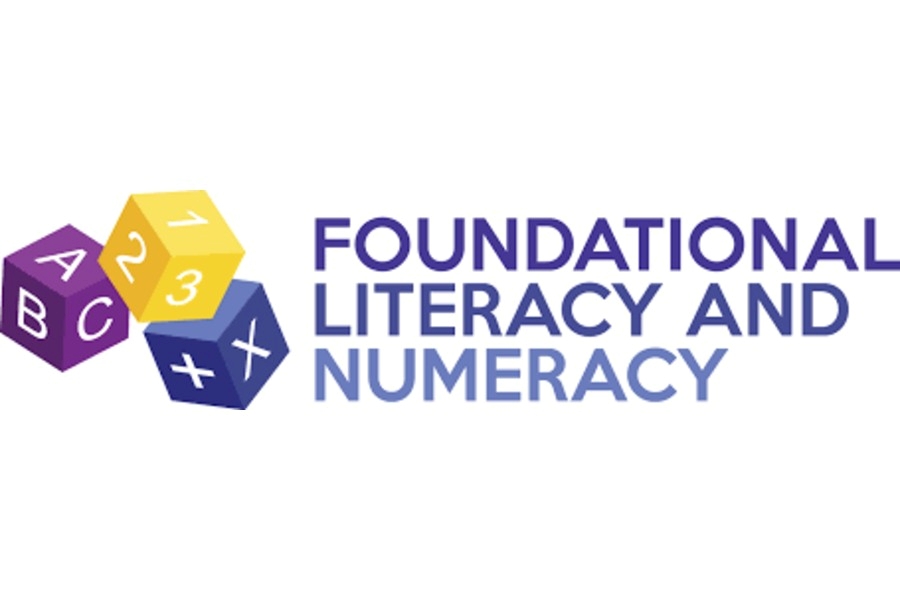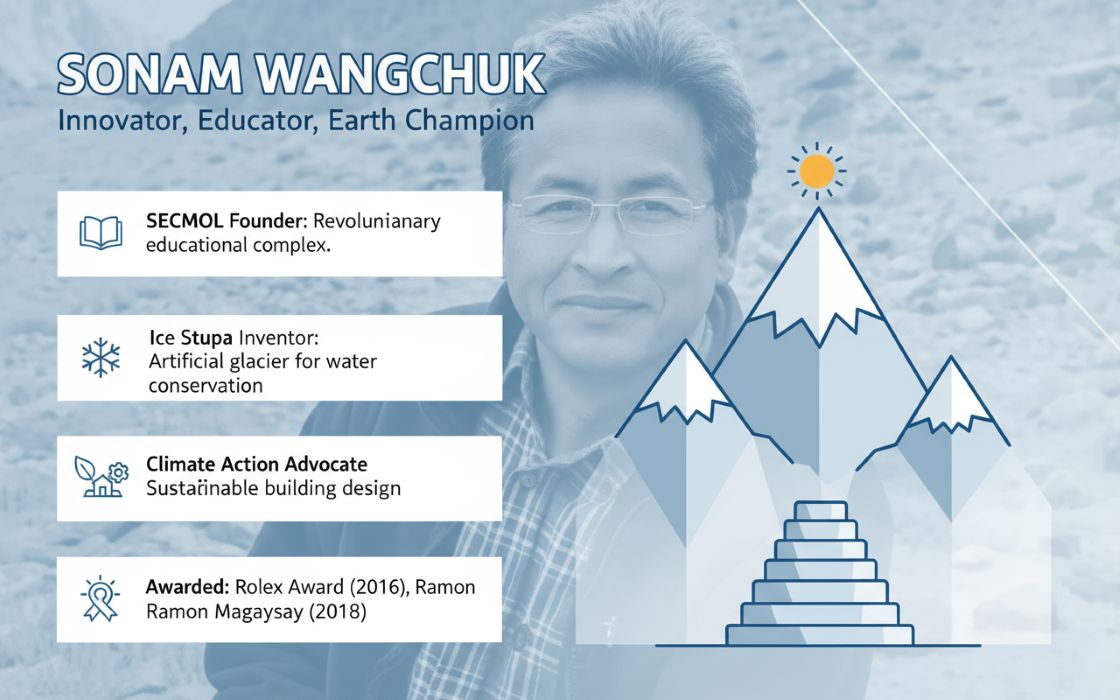As India intensifies its focus on sustainable growth and low-carbon industrial development, legacy sectors like mining and metals are being challenged to reimagine their operations through the lens of sustainability. Lloyds Metals & Energy, with its five-decade presence in the country’s industrial landscape, is emerging as a frontrunner in this shifting paradigm.
From establishing India’s first certified green iron ore mine in the ecologically sensitive region of Gadchiroli to deploying a fully electric mining fleet and building an 87-kilometre slurry pipeline to cut emissions, the company is embedding sustainability deep into its core strategy. Its initiatives span across carbon reduction, water conservation, biodiversity preservation, and large-scale community development—demonstrating a model of industrial growth that regenerates ecosystems and uplifts local livelihoods.
At the helm of this transformation is Managing Director B Prabhakaran. With over three decades of experience in India’s mining and manufacturing sector, first as the founder of Thriveni Earthmovers and now as Co-promoter and MD of Lloyds, he brings a unique blend of operational expertise and visionary leadership.
In this interview with TheCSRUniverse, he reflects on the mindset shifts, innovations, and on-ground realities that have shaped Lloyds’ sustainability journey—and shares what it takes to build a mining enterprise that restores ecosystems, empowers communities, and delivers responsible growth.
Read on to understand how sustainability can create long-term value for traditional heavy industry sectors:
Q. Lloyds Metals has been part of India’s mining and manufacturing ecosystem for over five decades. How has your personal understanding of sustainability evolved, and how has that vision influenced Lloyds' transformation over the years?
A. Lloyds has a five-decade legacy in India's industrial landscape and personally, I have been involved in this industry for three decades, starting my journey with founding Thriveni Earthmovers and later becoming a co-promoter and the Managing Director in Lloyds. Operational excellence and experience in this industry paved way for a transformative phase in both the operations of Lloyds at Gadchiroli and the understanding of sustainability as an indispensible part of operations.
In my understanding true sustainability is not limited to environment but extends to community, technology and business principles. This philosophy drove our decision to develop India's first certified green iron ore mine at Surjagarh in Gadchiroli, Maharashtra. Through this pioneering project, we have demonstrated that responsible mining can regenerate ecosystems while delivering strong financial performance, proving that environmental responsibility and business profitability are synergistic rather than contradictory. This, combined with our transformative community development initiatives through large-scale skill development, women empowerment programs, healthcare access, and infrastructure development across Gadchiroli, embodies our vision of true sustainability.
Q. From a traditional mining company to a green transformation leader—what were the most significant mindset or operational shifts you personally championed to drive this evolution?
A. I have always believed that companies must not view sustainability as mere compliance, but as an essential pillar to be deeply integrated across all mining operations. At Lloyds, we don’t see sustainability as compliance but rather as a necessity and this creates a competitive advantage. This required championing a core belief: that environmental stewardship and operational excellence are inseparable. Our journey truly accelerated when Thriveni became our co-promoter a few years ago. That partnership marked a transformative phase, where my perspective evolved recognizing sustainability not just as a regulatory requirement, but as a powerful driver of strategic growth and long-term value.
We reimagined our entire approach pioneering electric drilling technology, integrating renewable energy systems, and developing our BHQ beneficiation project that converts waste into revenue. The most critical shift was cultural. Our teams had to see that sustainable innovation wasn’t a burden, it was a driver of efficiency and purpose. Once they witnessed environmental initiatives driving cost savings and efficiency gains, the momentum became unstoppable, creating a culture where sustainable thinking is instinctive rather than imposed.
Q. The concept of a ‘green mine’ is still new in India. What inspired you to bring this vision to Surjagarh, and what does it mean in practical terms for your operations there?
A. The inspiration was simple, if we could demonstrate sustainable mining in Gadchiroli’s sensitive landscape, we could redefine the industry. Surjagarh represents our commitment to transforming mining from an extractive process into a restorative one. The mine eliminates 36,000 tonnes of CO₂ annually (targeting 50,000 tonnes), recycles 85% of wastewater, and has converted 377.58 hectares into protected forest. We have also planted over 3 lakh trees under Mission Green and operate India’s first fully electric mining fleet including BEV dumpers, electric drills, and motor graders supported by an in-mine EV charging station. Notably, 63 surrendered Naxalites have been reintegrated through dignified employment, and over 1,200 local youth have been trained in critical skills. These outcomes reflect our belief that mining should regenerate ecosystems and empower communities setting a new benchmark for responsible resource extraction.
Q. Lloyds Metals has made considerable investments in electrification and green logistics. Under your leadership, what have been some of the most transformative changes in how materials are transported and processed—and what kind of environmental and operational impact have you observed?
A. We have constructed Maharashtra's first 87-kilometer slurry pipeline which represents a transformative infrastructure decision that delivered measurable impact: 55% carbon footprint reduction, ₹500-600 per tonne cost savings, and 61,000 tonnes of CO₂ prevented annually. This initiative demonstrated that environmental responsibility and operational efficiency are complementary rather than competing objectives. We have extended this philosophy across our logistics ecosystem—scaling our electric vehicle fleet to 100+ units by FY26 and electrifying key material handling systems. The result is a comprehensive decarbonization of our logistics and processing operations that delivers superior environmental performance while improving both efficiency and cost-effectiveness.
Q. Circular economy principles are gaining momentum. How have you led the push within Lloyds to reimagine waste and low-value resources—whether through recycling, reuse, or energy generation?
A. I believe that mining waste should also be considered as a resource opportunity and at Lloyds, reimagining waste as untapped resource opportunity has become central to our circular economy transformation. This philosophy drives our approach across multiple initiatives: our BHQ beneficiation plant will transform millions of tonnes of low-grade mining waste into 15 MTPA of high-value iron ore concentrate by FY27, utilizing a 700-million-tonne reserve base. We convert bamboo dust into renewable fuel, achieve 85% wastewater recycling through our STPs (110–400 KLD capacity), and implement closed-loop systems that minimize consumption while maximizing efficiency.
Our 87-km slurry pipeline, which eliminates over 1.1 lakh tonnes of carbon emissions annually, with renewable energy MoUs signed for Q2 FY25 operationalization. We are pioneering India's first fully electric mining fleet with 56 Battery Electric Vehicles deployed including electric dumpers, loaders, and drills supported by India's first in-mine EV charging station and indigenously converted diesel-to-electric excavators, targeting 100+ EVs by FY26. These principles are now embedded into our strategic planning framework, ensuring every operational decision considers both monetization potential and environmental impact as we evolve into a resource regeneration enterprise.
Q. In a region like Gadchiroli, which is ecologically rich yet sensitive, how have you ensured that water conservation and biodiversity preservation remain core to your sustainability blueprint?
A. Under our ‘Mission Green’ initiative, we have planted over 3 lakh trees and enabled 377.58 hectares of compensatory afforestation in Wardha, which is now a declared reserved forest. At Surjagarh and Konsari, we have introduced fruit-bearing and medicinal plantations enhancing biodiversity while supporting local livelihoods.
We have also revived key water bodies in Hedri and Manger, creating 1.45 lakh cubic meters of additional storage and building recharge wells to improve groundwater levels. Across operations, we reuse 85% of treated water for irrigation, plantations, and dust suppression significantly reducing our freshwater footprint.
Our goal isn’t just to reduce impact it’s to leave ecosystems healthier, more resilient, and better than we found them.
Q. Many of your initiatives—like afforestation, water body rejuvenation, and skilling—are deeply rooted in community engagement. How do you personally view the role of local communities in the sustainability agenda, and how do you ensure they remain equal stakeholders?
A. At Lloyds, we see communities as co-creators in our sustainability mission. Our aim is to empower local communities and promote the local talent. We have generated 12,000+ jobs, 5,500+ from Gadchiroli and trained over 1,200 youth, including 900 on-site in critical mining roles. Our programs empower 400+ women through skilling in mining and apparel. We have also focused on healthcare, education and have strengthened local infrastructure by making roads, restoring water bodies and building community centres. The Lloyds Kali Ammal Memorial Hospital has provided 111,111 free OPD consultations and 800+ surgeries. Through the Lloyds Infinite Foundation, we run 10 outreach centers, promote climate awareness, and support community livelihoods. We have installed 726 LED streetlights in 21 villages and built elevated markets for 300+ vendors in Hedri. Our educational commitment spans from Lloyds Raj Vidya Niketan school to our Curtin University partnership, where 10 students from Gadchiroli are pursuing higher education in Australia with full scholarships, transforming rural lives through global opportunities.
Sustainability, for us, means shared growth driven by trust, participation, and long-term commitment.
Q. Green technology adoption often brings financial and technical complexities. What were some of the most difficult decisions you had to make as a leader in this space—and how did you overcome resistance or challenges?
A. Introducing and integrating electric mining technology in core operations at an unprecedented scalewas one of the most defining decisions and challenge which I undertook at the helm of Lloyds and Thriveni.When we set out to develop the world’s first Electric Compressor Excavator Mounted Drill, we faced both challenges in mitigating any technical risks and the scepticism amongst the traditionalists. But I have always believed that meaningful transformation doesn’t begin with consensus, it begins with conviction.
We addressed concerns through phased implementation and transparent performance tracking. Our successful deployment along with converting diesel excavators to electric proved the commercial and environmental value. The green technology which was an ideal became a replicable model through our persevered efforts, helping us build a culture that embraces innovation.
Q. With the Indian government actively promoting sustainable practices across core sectors, what kind of policy support or regulatory reforms do you believe are most essential for the mining and heavy manufacturing industries?
A. In my view, policies must move beyond enforcement and start rewarding innovation. We need faster clearances for green infrastructure, targeted incentives for electrification, and frameworks that prioritize outcomesnot just paperwork. Circular economy projects, particularly beneficiation and renewable integration, need regulatory support to scale. Infrastructure for green logistics and water reuse should be part of state and regional planning.
Q. As a changemaker in this space, what role do you see Lloyds Metals playing in India’s larger Net Zero and decarbonization goals—and what personal responsibility do you feel in advancing that mission?
A. At Surjagarh, we have shown that heavy industry can align with India’s Net Zero ambitions in real, operational terms. We have already reduced over 36,000 tonnes of CO₂ annually and are now targeting 50,000 tonnes through continued electrification and renewable energy deployment. Our 100 MW renewable energy investment and green steel roadmap reflect our long-term commitment to low-carbon growth. Personally, I believe our responsibility goes beyond what we achieve within Lloyds. As leaders in this space, we must share what we learn, encourage early adoption across the sector, and support collective progress. The path to Net Zero cannot be walked alone. For India’s decarbonization goals to succeed, heavy industry must move beyond compliance and take ownership of the transition and that’s the role I see Lloyds playing.
Q. Lastly, what would be your advice to other legacy industrial leaders in India who are looking to move beyond conventional practices and lead their companies into a more sustainable future?
A. For legacy industrial leaders, sustainability is no longer a choice—it’s a strategic imperative that will define long-term relevance. In my view, the future belongs to those who move early, think long-term, and act decisively. My advice would be - don’t retrofit old systems to meet new expectations re-imagine your model entirely. Anticipate regulatory shifts, embed sustainability into your core business strategy, and treat innovation as a growth driver, not a cost. Most importantly, invest in people and communities—because lasting change is built through partnership, not prescription.Legacy gives you scale and influence. Use it not just to grow your enterprise, but to lead a transformation that creates value for both the economy and the planet.

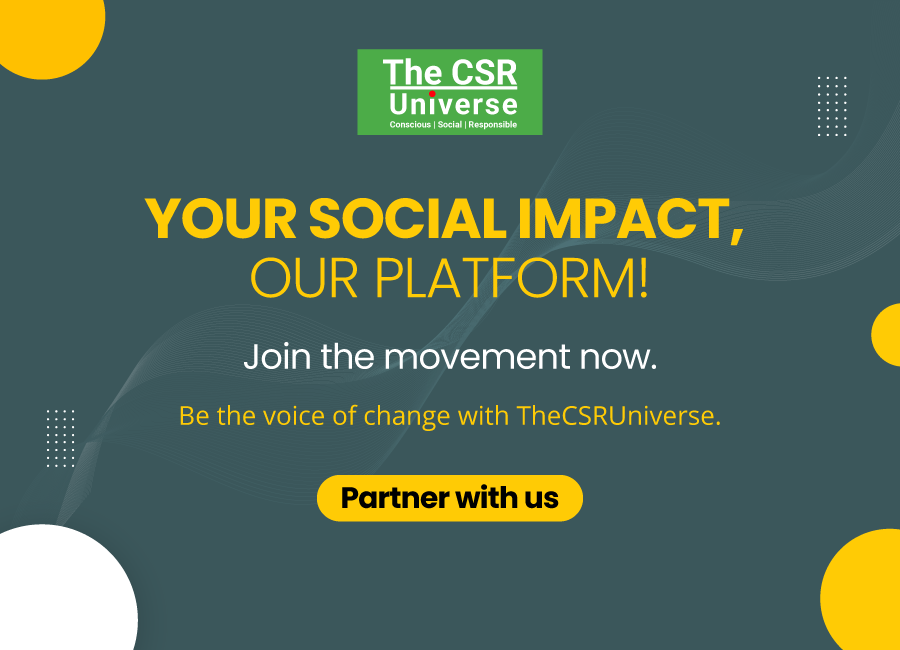

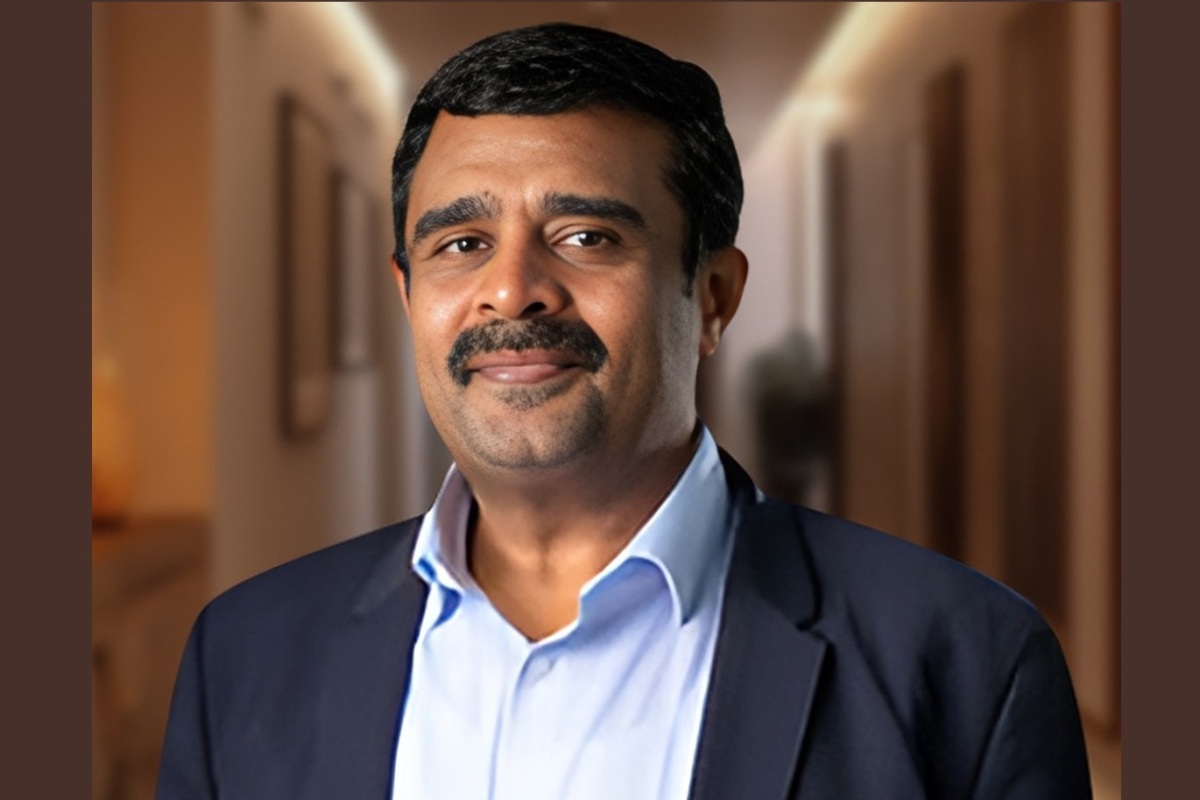
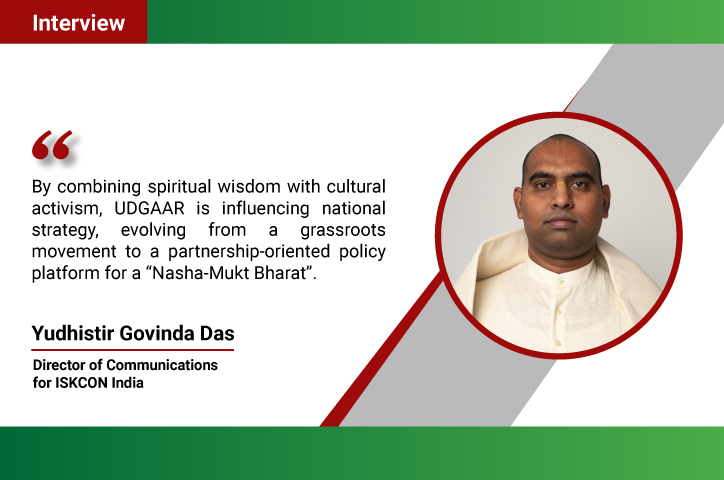

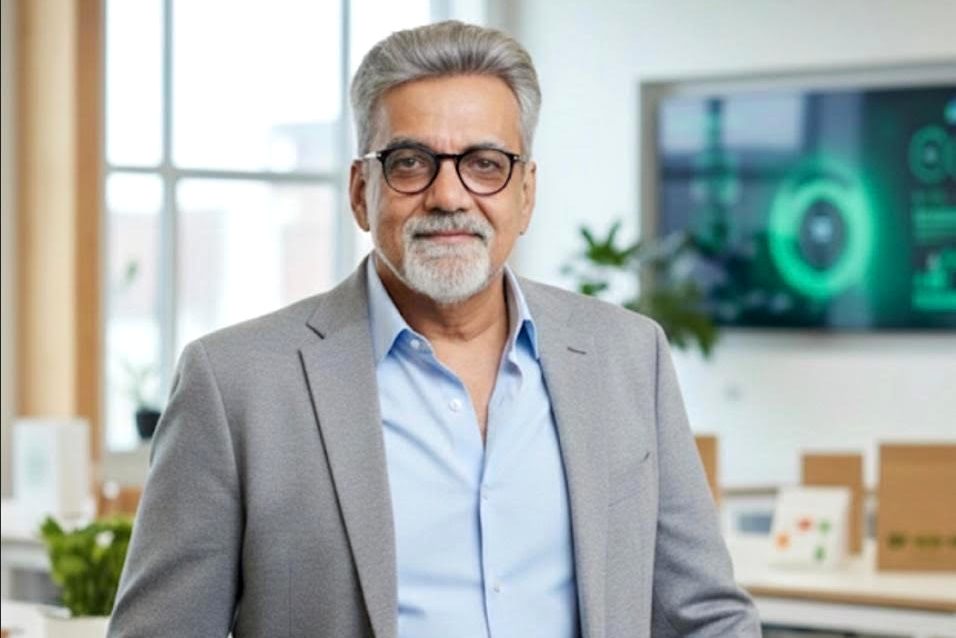

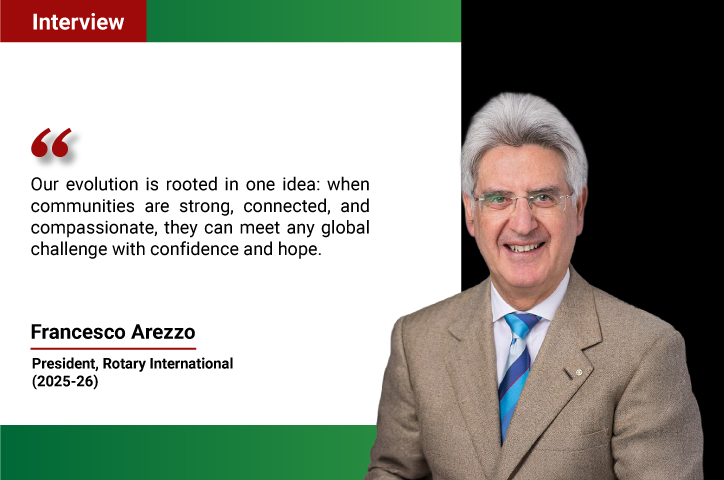
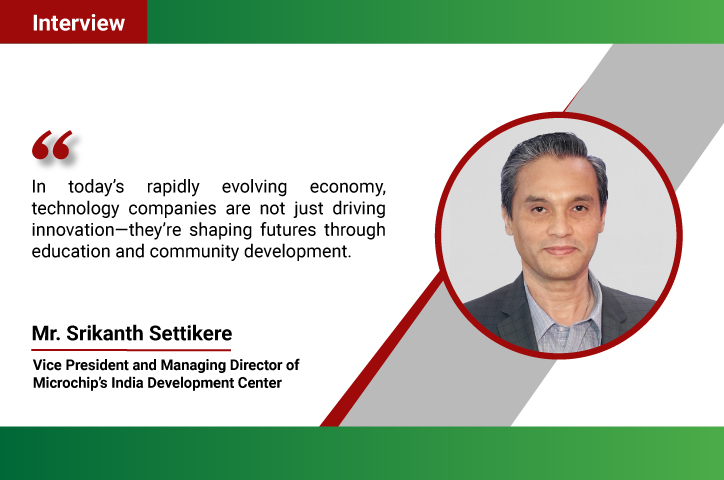
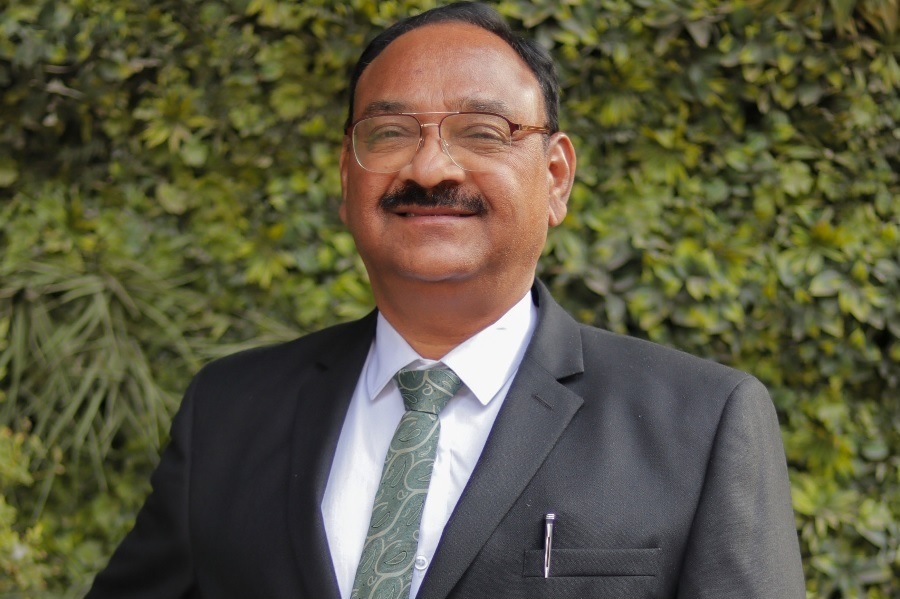
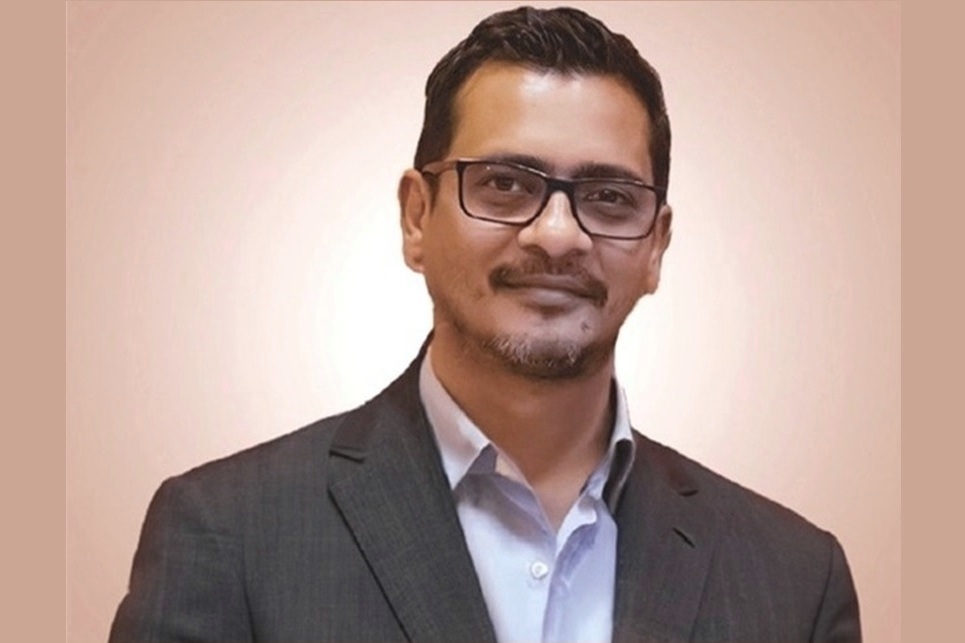



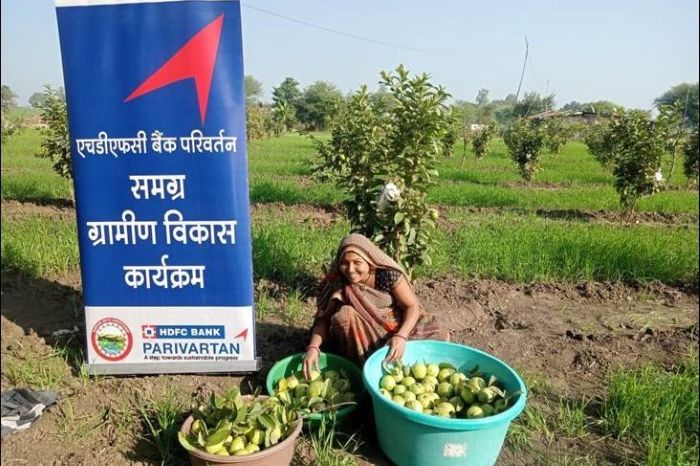
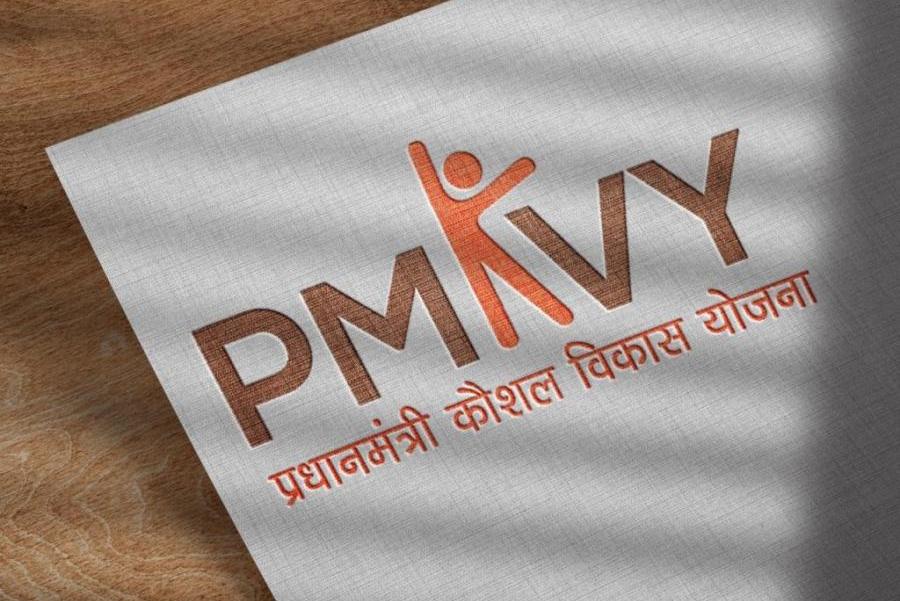
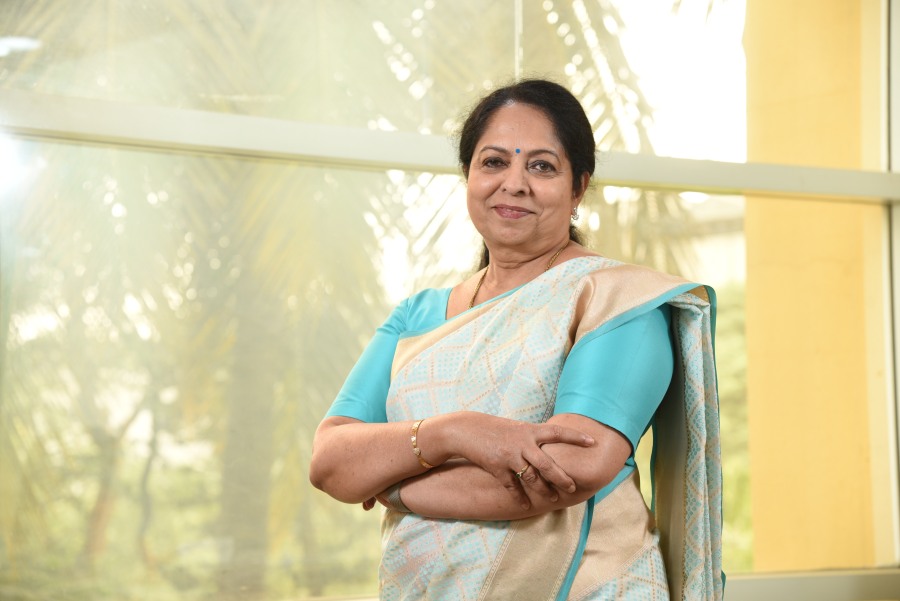
.jpg)
